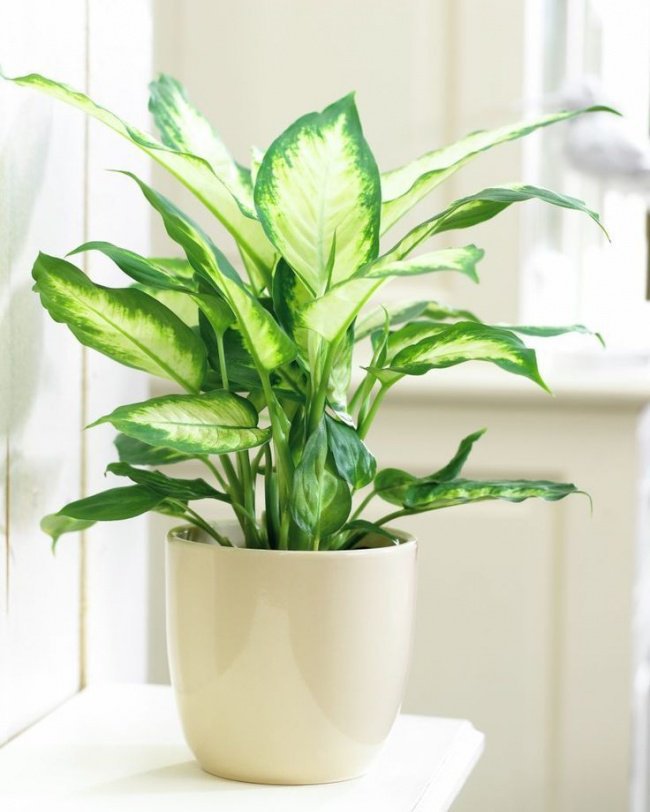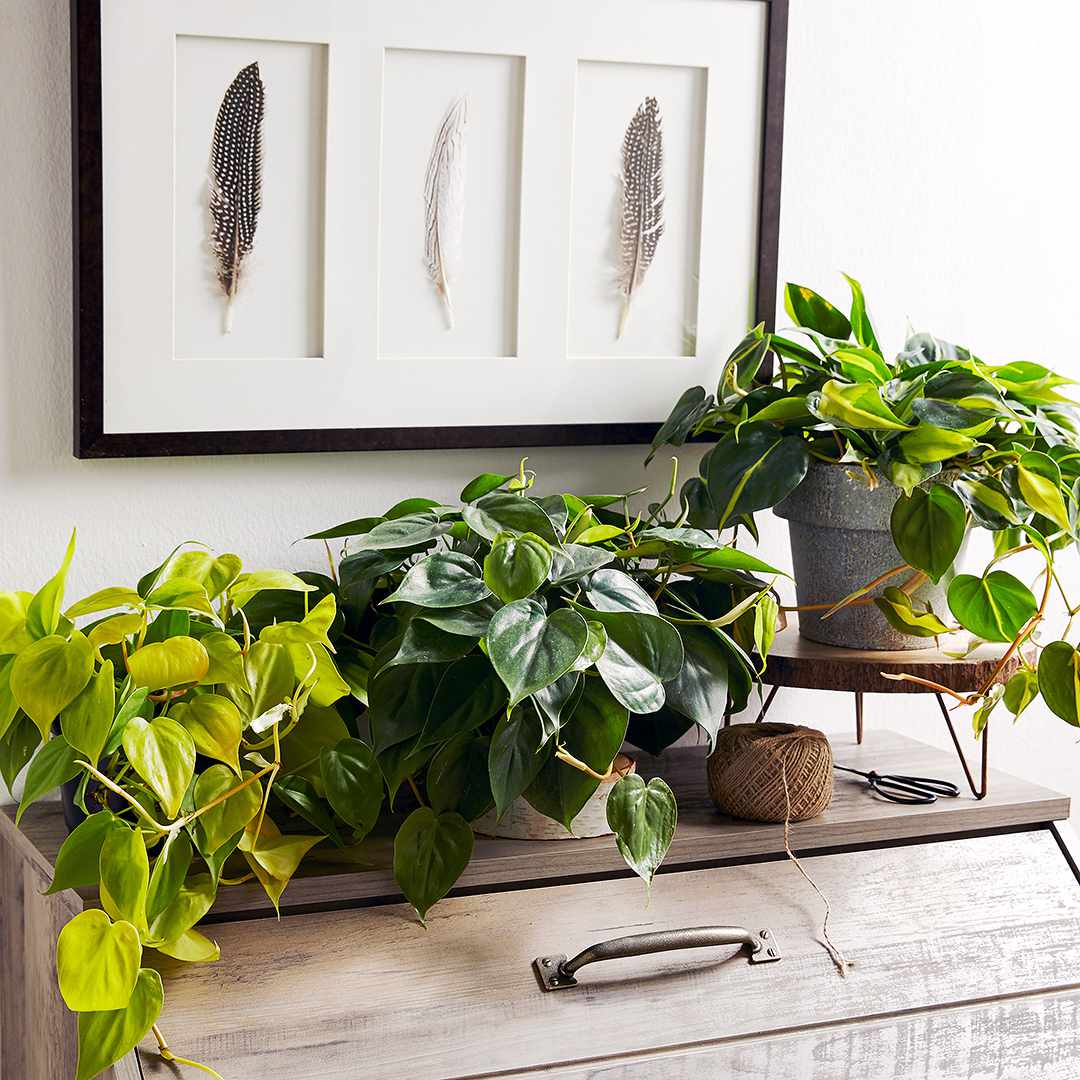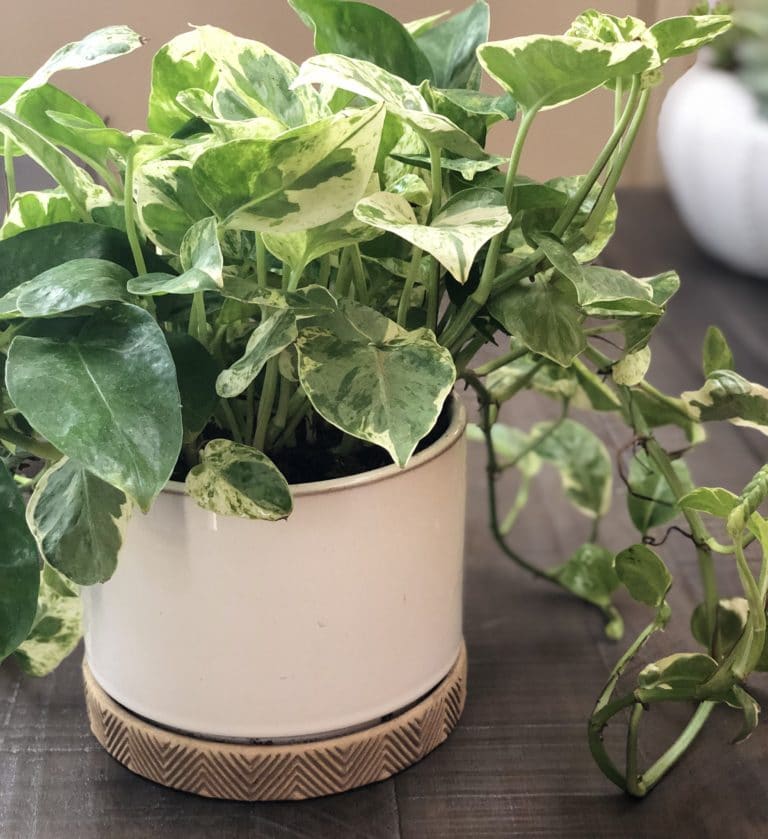Why Choose Shade-Tolerant Plants for Your Home
Indoor plants have become an essential element in modern home decor, and for good reason. They purify the air, improve the aesthetic appeal of a room, and even have a profound impact on our mental and emotional well-being. One of the most significant benefits of having plants indoors is their ability to remove toxins and pollutants from the air, creating a healthier environment for occupants. Additionally, plants have been shown to reduce stress, boost mood, and even improve cognitive function. However, not all homes are blessed with an abundance of natural light, making it challenging to find plants that can thrive in low-light conditions. This is where small indoor plants that don’t need sunlight come into play. By choosing shade-tolerant plants, homeowners can still reap the benefits of indoor greenery, even in rooms with limited natural light.
How to Care for Plants in Low-Light Conditions
Caring for plants in low-light conditions requires a slightly different approach than caring for plants in bright, sunny spots. To ensure the health and happiness of your small indoor plants that don’t need sunlight, follow these general tips. Watering is crucial, but be careful not to overwater, as this can lead to root rot and other problems. Check the soil moisture by sticking your finger into the soil up to the first knuckle, and water only when the soil feels dry. Fertilizing is also important, but use a balanced, water-soluble fertilizer at half the recommended strength to avoid burning the roots. Pruning is essential to maintain the shape and size of your plants, as well as encourage new growth. Remove any dead or dying leaves or stems, and cut back leggy growth to encourage bushier plants. By following these simple tips, you’ll be well on your way to becoming a low-light plant expert and enjoying the many benefits of having plants in your home or office.
Top Picks for Small, Low-Maintenance Plants
When it comes to small indoor plants that don’t need sunlight, there are several options that are perfect for beginners or those with limited space. Chinese Evergreen, Pothos, and ZZ Plant are three top picks that thrive in low-light conditions and require minimal maintenance. Chinese Evergreen is a stylish and versatile plant that comes in a variety of colors and patterns, making it a great addition to any room. Pothos is a low-maintenance climber that can be trained to grow up walls or trellises, adding a touch of greenery to even the smallest spaces. ZZ Plant is a low-watering, low-fuss plant that can survive in extreme low-light conditions, making it perfect for basements or bathrooms. These plants are all relatively small in size, making them ideal for apartments, condos, or offices with limited space. With their low-maintenance requirements and ability to thrive in low-light conditions, these plants are perfect for anyone looking to bring some greenery into their space.
Adding Some Green to Your Desk: Compact Plants for Offices
Office spaces can often feel sterile and lacking in natural beauty, but small indoor plants that don’t need sunlight can help to change that. Compact plants like Peperomia, Snake Plant, and Dracaena are perfect for desks and cubicles, and can even help to boost productivity and morale. Peperomia is a small, low-maintenance plant that comes in a variety of colors and patterns, making it a great addition to any office space. Snake Plant, also known as Mother-in-Law’s Tongue, is a low-watering plant that can thrive in low-light conditions, making it perfect for offices with limited natural light. Dracaena is a versatile plant that can grow in a variety of lighting conditions, and can even help to purify the air. By adding one or more of these plants to your office space, you can create a more welcoming and productive environment that benefits both you and your colleagues.
Bringing Life to Dark Corners: Plants for Low-Light Areas
Even the darkest corners of your home or office can be transformed with the right plants. For areas with extremely low light, plants like Peace Lily, Spider Plant, and Philodendron are perfect for bringing some greenery to the space. Peace Lily is a beautiful plant that can thrive in low-light conditions and even helps to purify the air. Spider Plant is a low-maintenance plant that can grow in a variety of lighting conditions and can be easily propagated to create more plants. Philodendron is a versatile plant that can grow in low-light conditions and can be trained to climb up walls or trellises. When caring for plants in low-light areas, it’s essential to remember to water them sparingly, as overwatering can be detrimental to their health. Additionally, fertilizing these plants during the growing season can help to promote healthy growth. By choosing the right plants for your low-light areas, you can bring some much-needed freshness and life to even the darkest corners of your space.
Creating a Lush Atmosphere: Combining Low-Light Plants
Combining multiple low-light plants is a great way to create a lush, green atmosphere in your home or office. By selecting plants with different textures, colors, and growth habits, you can create a visually appealing display that adds freshness and joy to your space. For example, pairing a trailing Pothos with a compact Peperomia and a tall Dracaena can create a beautiful, layered look. When combining plants, it’s essential to consider their individual lighting requirements and ensure that they are compatible. You can also experiment with different planters and containers to add visual interest and create a cohesive look. To take your plant arrangement to the next level, consider adding some decorative elements, such as moss, rocks, or small decorative objects, to create a unique and eye-catching display. By combining small indoor plants that don’t need sunlight, you can create a beautiful and thriving indoor garden that brings joy and freshness to your space.
Common Mistakes to Avoid When Caring for Low-Light Plants
While low-light plants are generally easy to care for, there are some common mistakes to avoid to ensure they thrive. One of the most common mistakes is overwatering, which can be detrimental to plants that don’t receive much light. It’s essential to check the soil moisture regularly and water only when necessary. Underwatering can also be a problem, especially for plants that are adapted to high-humidity environments. Another mistake is insufficient fertilization, which can limit the plant’s growth and health. When fertilizing low-light plants, it’s best to use a balanced, water-soluble fertilizer at half the recommended strength. Additionally, failing to prune or trim plants can lead to leggy growth and reduce their aesthetic appeal. By avoiding these common mistakes, you can ensure that your small indoor plants that don’t need sunlight continue to thrive and bring joy and freshness to your space.
Conclusion: Bringing Joy and Freshness to Your Space
Incorporating small indoor plants that don’t need sunlight into your home or office can have a significant impact on both the aesthetic appeal and air quality of your space. By choosing the right low-light plants for your specific environment, you can create a lush, green atmosphere that brings joy and freshness to your daily life. Whether you’re looking to boost productivity and morale in the office or simply want to add some natural beauty to your home, low-light plants are a great option. By following the tips and recommendations outlined in this article, you can successfully care for your low-light plants and enjoy the many benefits they have to offer. So why not give it a try? Choose a few of the recommended plants, follow the care tips, and start enjoying the benefits of having small indoor plants that don’t need sunlight in your space.







